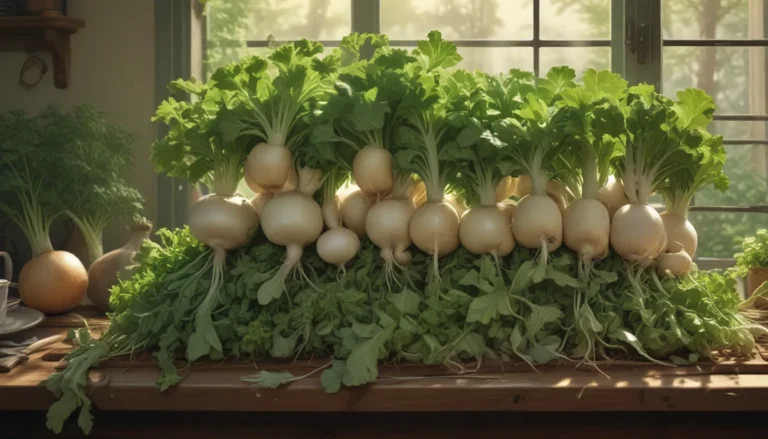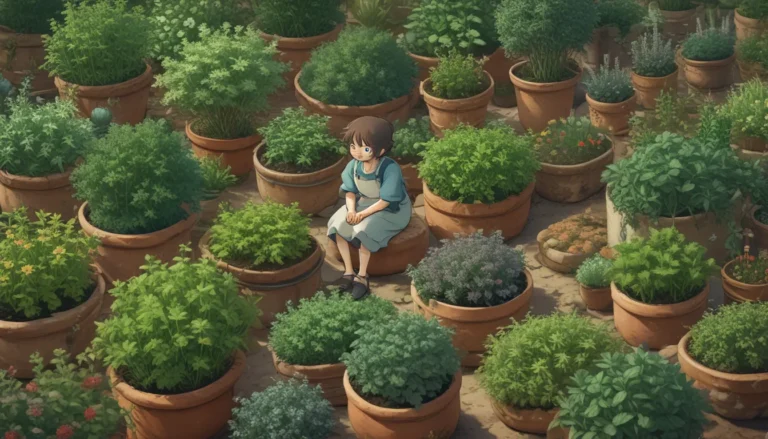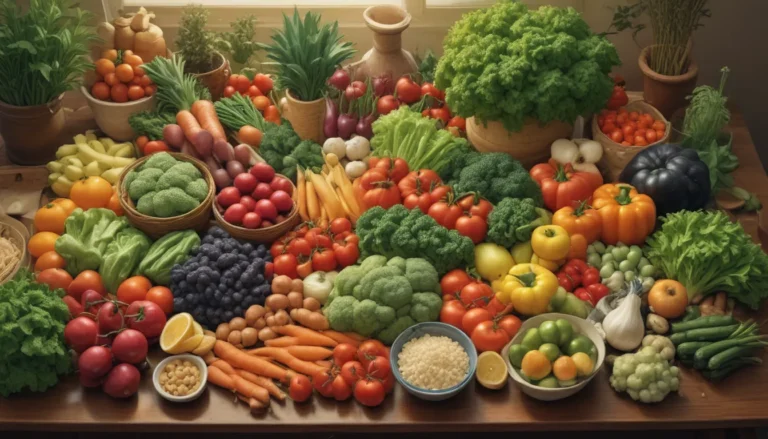Everything You Need to Know About Growing Daikon: A Comprehensive Guide

Have you ever thought about adding some zing to your garden with daikon radishes? These large, white roots are not only easy to grow but also store well, providing a burst of flavor on dreary winter days. Let’s dive deep into the world of daikon radishes, exploring everything from cultivation to harvesting.
What Is Daikon?
Daikon, also known as white radish, Chinese radish, or Japanese radish, is a specific type of radish characterized by its large root. Its name originates from the Japanese words ‘dai,’ meaning large, and ‘kon,’ meaning root. Like all radishes, daikon belongs to the Brassicaceae family and is known for its longer date to maturity compared to other radish varieties.
Cultivation and History
Originating in the Mediterranean, daikon radishes have been widely grown and consumed in East Asia since the third or fourth century. They have become a staple in Asian cuisines, appearing in various dishes such as stews, stir-fries, and ferments. Daikon is a winter radish, best grown in colder weather, making it ideal for planting in mid-summer to early fall depending on your growing zone. These radishes are often used as cover crops to loosen soil and reduce erosion, earning them the name ’tillage radishes.’
How to Sow
Daikon radishes are best grown through direct seeding. The timing of planting seeds depends on your growing zone, ranging from USDA Hardiness Zones 2-11. Sow seeds approximately two months before your predicted first frost date, planting them one inch apart in rows 12-18 inches apart at a depth of 1/4 to 1/2 inch.
How to Grow
Prepare your soil before planting daikon radish seeds. Daikon radishes thrive in soil with a pH of 5.8-6.8, although they grow best in loose soil. Avoid excessive nitrogen application to prevent the development of large greens with small roots. Choose a location with full sun to partial shade for optimal results. Keep the soil moist to facilitate germination within a few days, thinning seedlings to 4-6 inches apart a week after germination. Plants typically mature in 40-70 days, requiring regular, but not excessive, watering for moist soil.
Growing Tips
- Avoid excessive nitrogen application.
- Thin seedlings to provide space for root growth.
- Loosen soil to allow roots to develop fully.
Cultivars to Select
Daikon radishes come in various types, including oblong, tapered, and round roots. Popular cultivars include:
- Japanese Minowase: Known for producing oblong roots up to two feet long, adaptable to sun or shade, ready for harvest in 45-60 days.
- Long: Features white tapered roots with light green tops, growing up to 14 inches long, maturing in approximately 60 days.
- Red: Characterized by oblong roots 5-8 inches long, red exterior, white to pink interior, harvestable in 30 days.
- Watermelon: An heirloom variety with round bulbs, white/light green exterior, bright pink flesh, available in 30-80 days.
- White Icicle: Quick-growing cultivar with white, narrow, tapered roots reaching 5 inches in length, harvestable in 27-35 days.
Managing Pests and Disease
While daikon radishes are relatively pest-resistant, some insects may still pose a threat:
Insects
- Flea Beetle: Small bugs that target plant leaves, easily noticeable due to the holes they create.
- Harlequin Bug: Orange and black bugs that feed on leafy greens, removable by hand or treatment with neem oil, pyrethrin, or insecticidal soap.
- Cabbage Maggot: Juvenile flies that create tiny channels in radish roots, preventable through cover cropping and the use of floating row covers.
Disease
- Septoria Leaf Spot: Fungal infection causing yellow spots with gray centers on radish leaves, treatable by removing infected parts.
- Black Root Rot: Fungal disease affecting roots, preventing growth, and causing black discoloration, manageable through proper drainage, crop rotation, and avoiding over-watering.
Harvesting
Harvest daikon radishes once they reach their maturity date, ensuring they do not become pithy or spongy with excessive growth. Protect plants from hard frosts with floating row covers to extend harvest time, and delicately pull roots from the ground to avoid damage. Remove leaves for storage, avoid washing roots until use, and store in a cold, moist environment for extended freshness.
Preserving
Daikon radishes are versatile for preservation, often fermented with edible greens for pickling or incorporated into Napa cabbage-based kimchi. Fermenting daikon is a simple process requiring salt, water, and time.
Recipes and Cooking Ideas
Daikon radishes can be consumed raw or cooked, with all parts of the plant being edible. Try slicing raw daikon into discs for dipping, sauteing cubed radish with garlic and ginger for a flavorful dish, or incorporating leaves into Thai-inspired coconut curries. Daikon sprouts also make a great addition to salads and sandwiches.
Quick Reference Growing Guide
- Plant Type: Annual
- Water Needs: 1/2 inch per week
- Native to: Mediterranean, East Asia
- Maintenance: Low
- Hardiness (USDA Zone): 2-11
- Soil Type: Rich, well-aerated
- Season: Fall
- Soil pH: 5.8-6.8
- Exposure: Full sun to partial shade
- Soil Drainage: Well-draining
- Time to Maturity: 40-70 days
- Companion Planting: Marigolds, scallions
- Spacing: 4-6 inches
- Avoid Planting With: Garlic, corn, potatoes, tomatoes
- Height: 10-20 inches
- Spread: 6 inches
- Genus: Raphanus
- Species and Cultivar: R. sativus var. longipinnatus
Grow Some Giant Radishes
Now equipped with the knowledge to plant and grow daikon radishes, it’s time to enhance your fall garden with these flavorful roots. Experiment with different cultivars, recipes, and preservation methods to maximize your daikon experience. To explore more cool-weather-loving crops, check out our guides on other fall favorites such as cabbage, Brussels sprouts, and kohlrabi.
Don’t miss out on the opportunity to elevate your gardening skills and culinary repertoire with these versatile and rewarding radishes. Happy growing!





